Physics Class Celebrates the Third Annual Pumpkin Drop
An Experiment Turned Tradition: Excitement Spreads from Kindergartners to 12th graders
November 1, 2022
“It was 2022 October 18th. The day was cold. And my mind was colder. It was a sad day for all,” remarked Leo. But was it? For the rest of the school, it was a spectacle to behold.
The 11th and 12th grade physics class performed their third annual pumpkin drop experiment. This demonstration is a highlight of the year for the class and grabs the attention of other Jets around campus. “Mr. Cameron had this great idea of making this an annual school event, and it’s also a good opportunity for us to learn on-sight,” said Matthew, a Junior, “It’s just interesting to see the school community gather and just watch this whole physics class going on.” Students varying from elementary to high school gathered behind the dormitory to watch the scene.
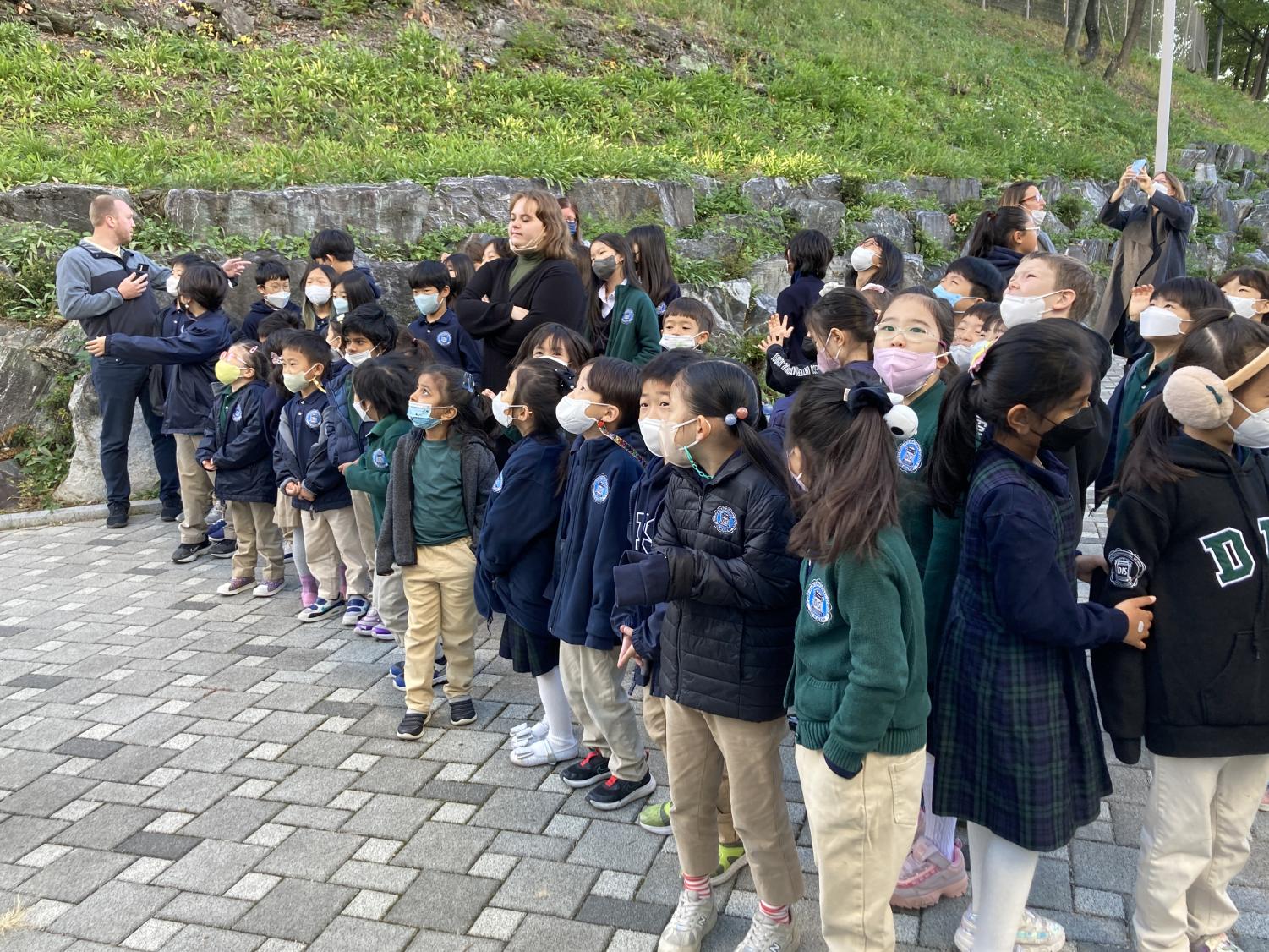
Mr. Cameron explained, “In my introductory physics class, students have been studying a unit on motion. We wanted to see if we can experimentally find the acceleration using our observation, so we focused on how we could collect data as accurately as possible.” Three pumpkins were dropped from up above, each measured using three different camera angles from various places.
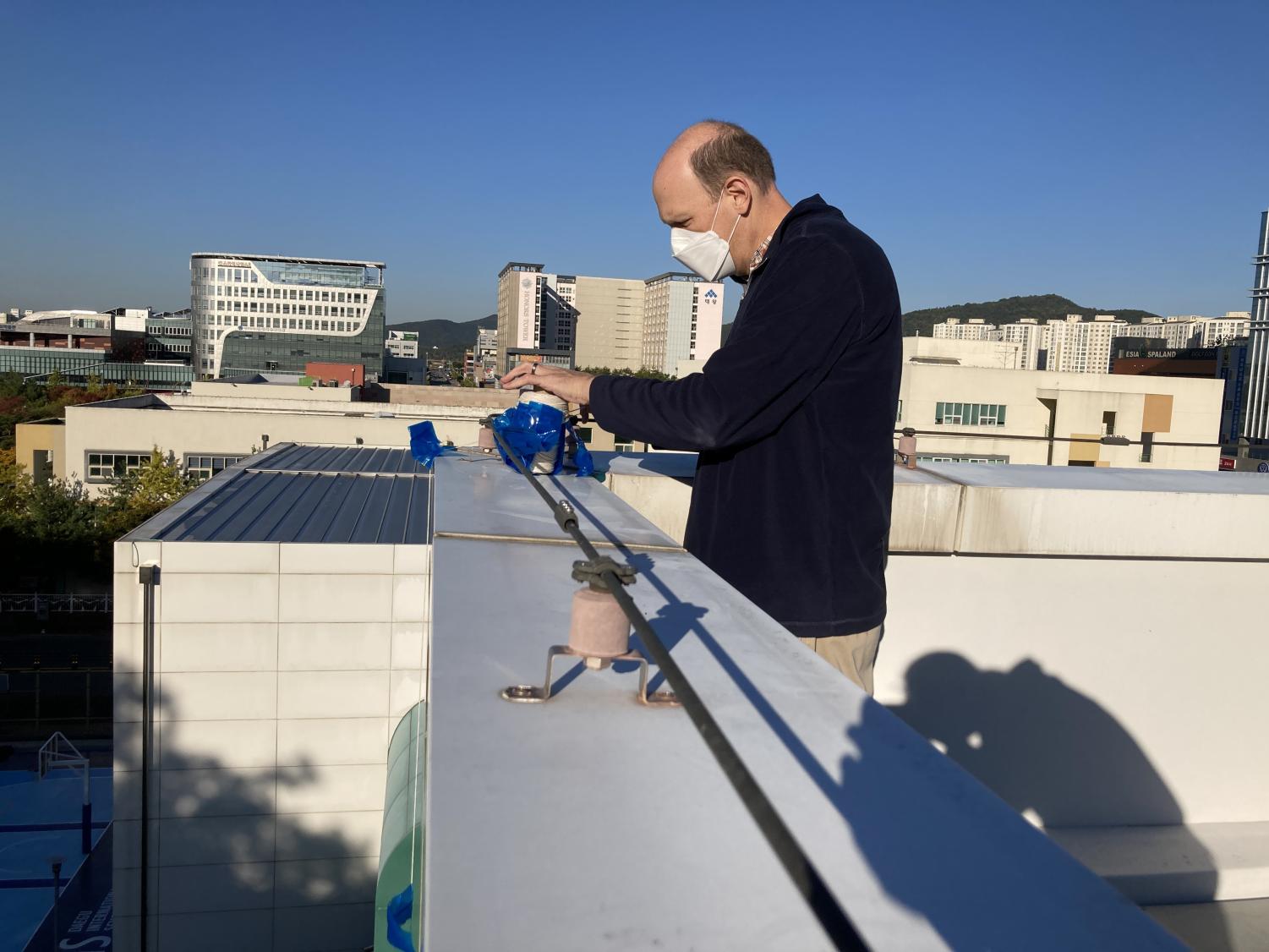
Why is the Pumpkin Drop so popular? As Leo said, “I mean, you don’t see a pumpkin being smashed every day. It’s a basic physical concept, but it’s really well visualized. You know, like those math problems like: ‘Someone has a pumpkin and dropped it; how high is the pumpkin after — seconds?’ But this is like actually a math problem happening in real life.”
Using the data they gathered, the class used their experiment to graph the acceleration of gravity by recording the time interval in which it took for the pumpkin to “go splat.” Mr. Cameron was very pleased with the results. “The result was successful. We analyzed our results and students were fairly close to the actual value of acceleration due to gravity (9.8 m/s²). Some groups get values as close as I think 8.9 or 10.2 which is pretty darn close!”

A surprise for physics students is that, once the experiment was over, they had the opportunity to visit the Omelette Empire. “We got to feed all the pumpkin scraps to the chickens and rabbits this year, so that was very enjoyable,” said Mr. Cameron. “They were certainly excited when we first put the slices in,” Leo expressed in sorrow, “[The pumpkin] doesn’t have a name yet. I sent him off to a better place when I fed him to the rabbits and the chickens. It’s just part of the natural cycle.”
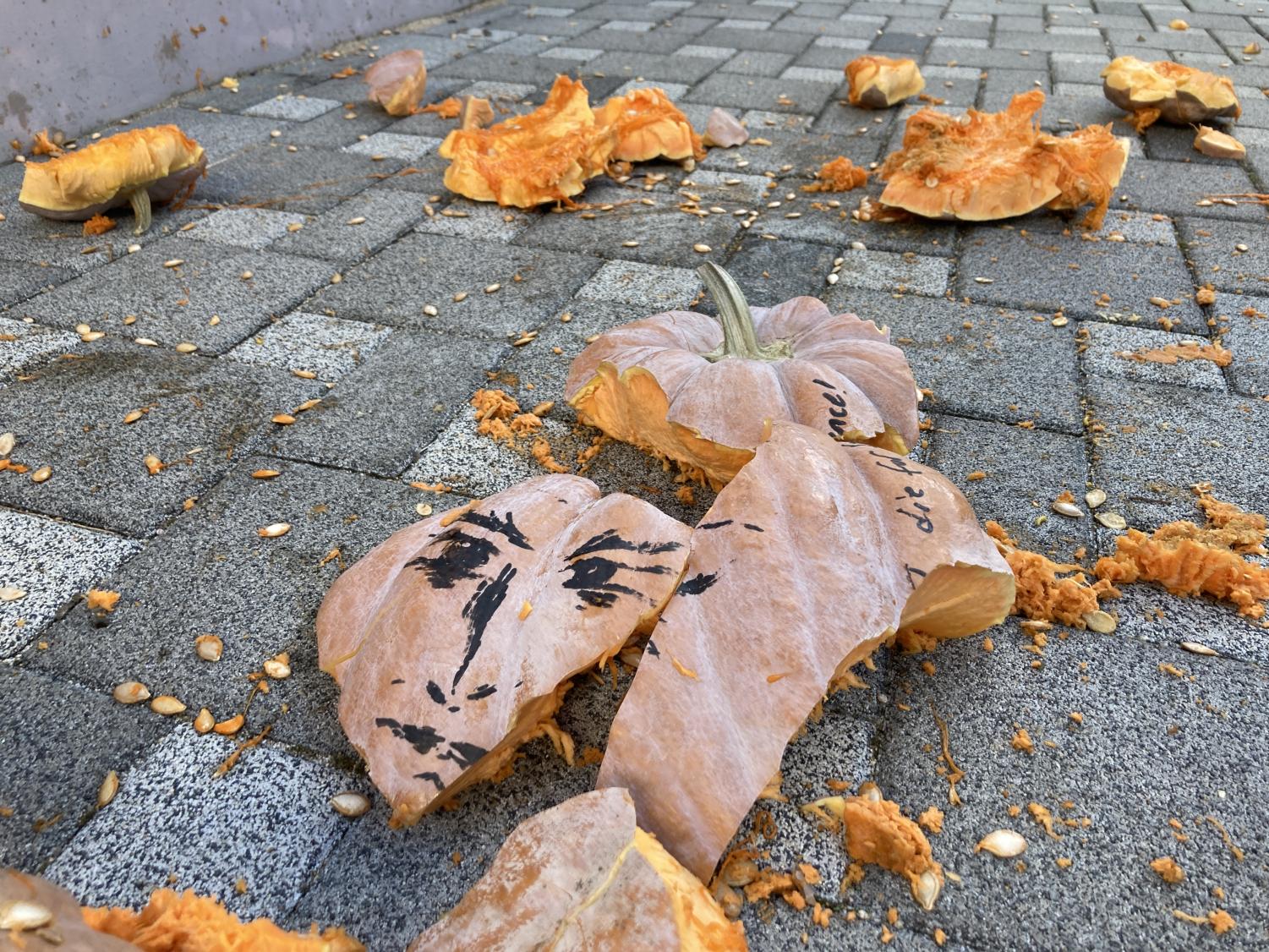
The Physics Pumpkin Drop experiment will continue every year and will be open for all students to watch. Matthew added, “For high schoolers, or middle schoolers, just like how you enjoyed the pumpkin drop, do not be scared of physics. It’s a very approachable and fun subject that has lots of real-life applications. So join physics in the future years.”



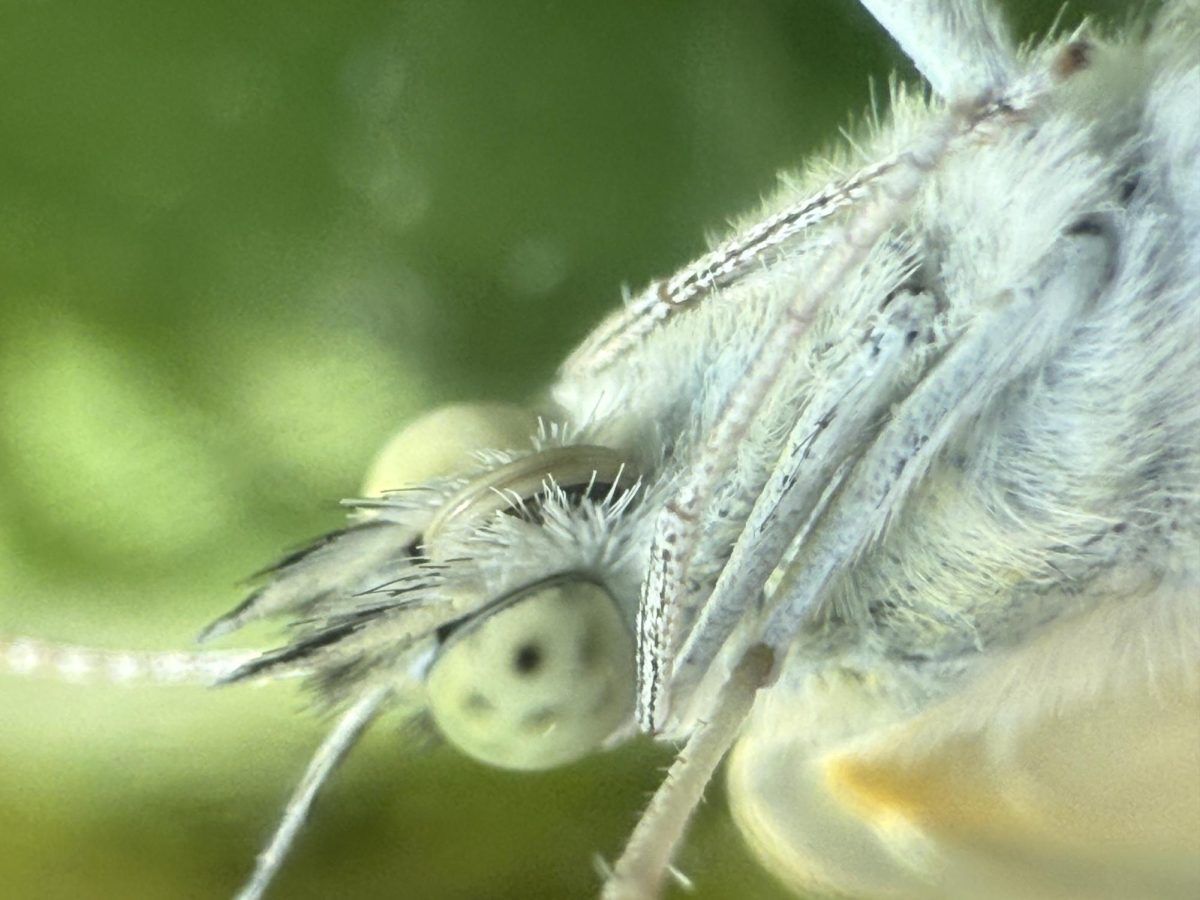
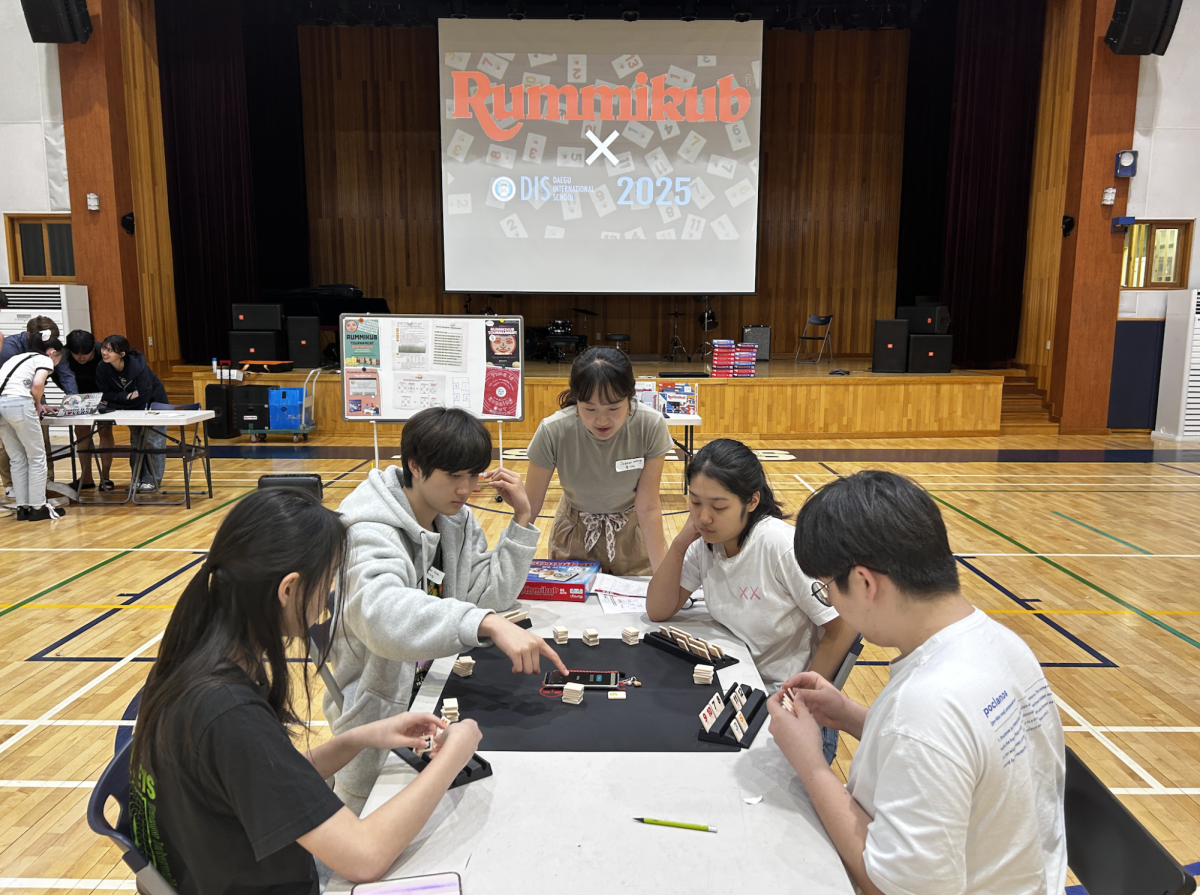
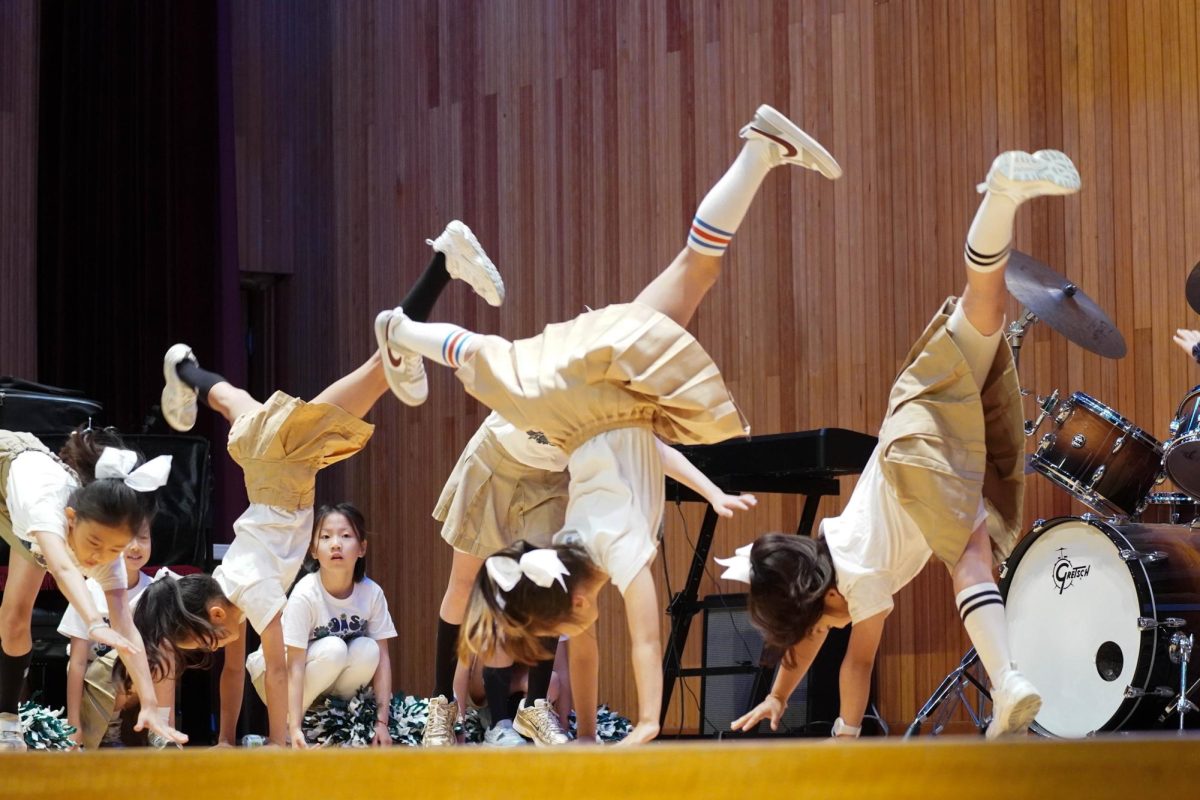
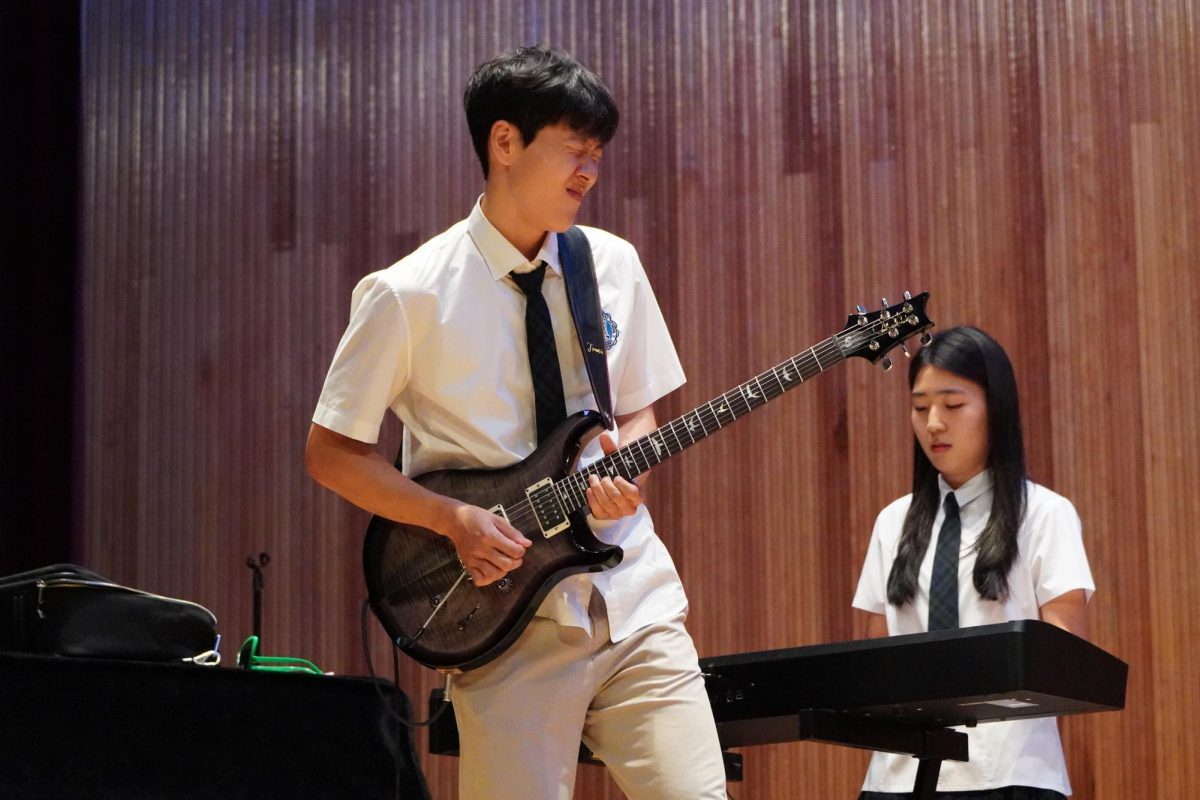


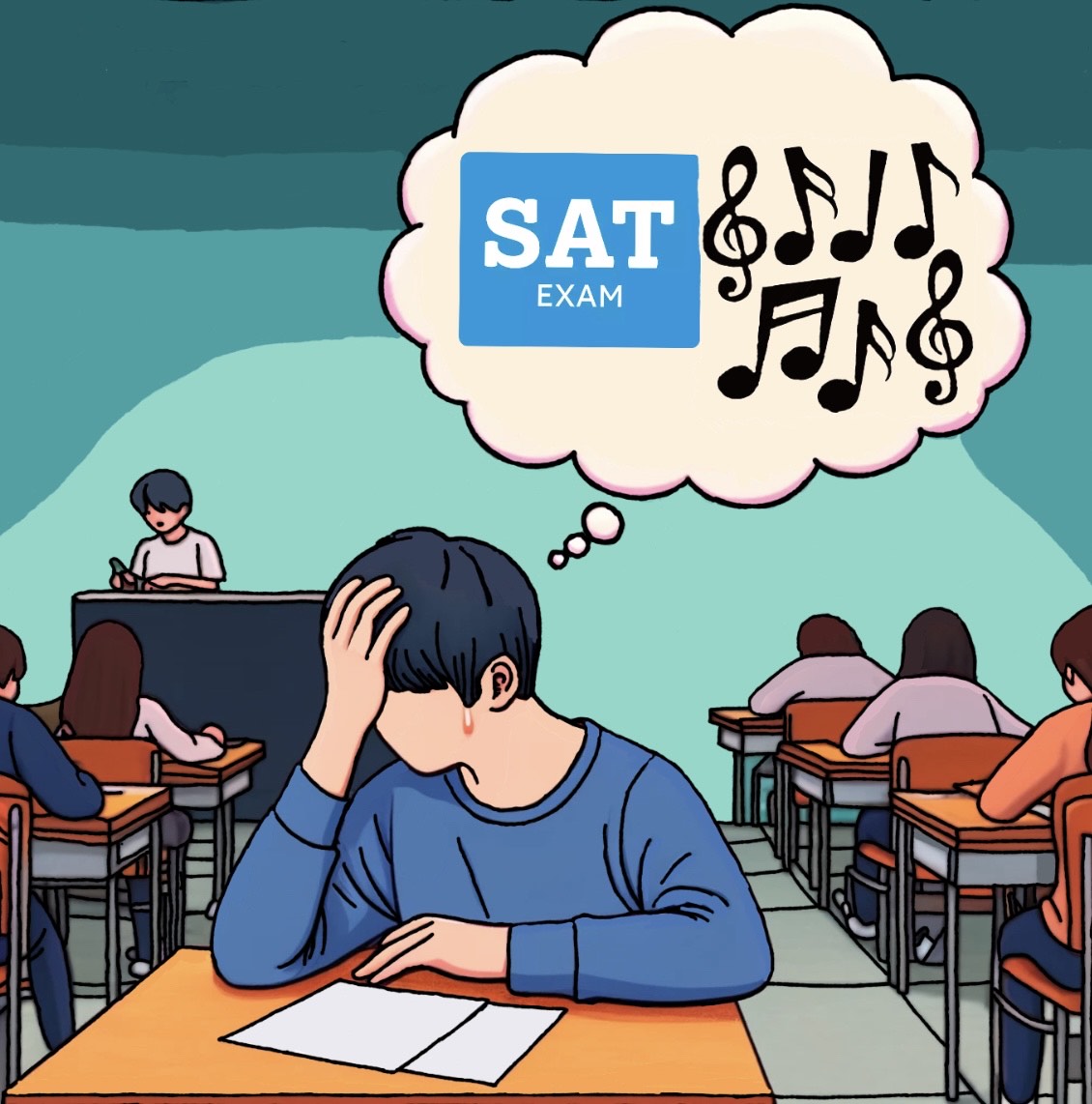
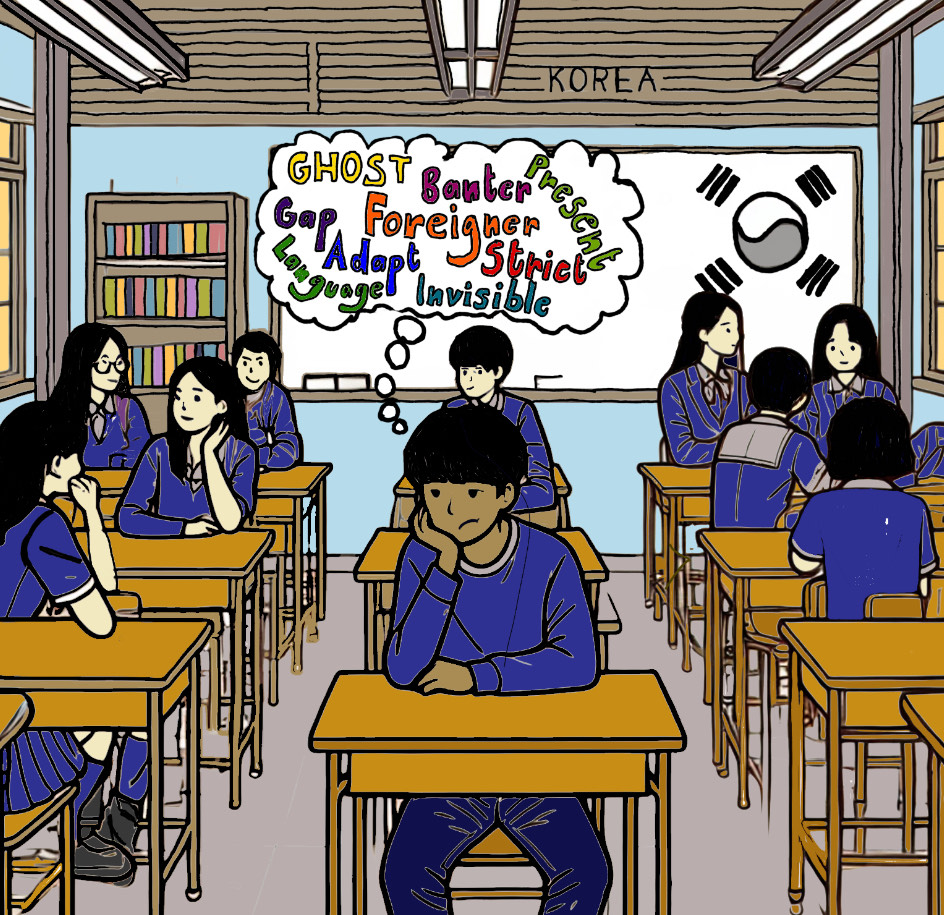










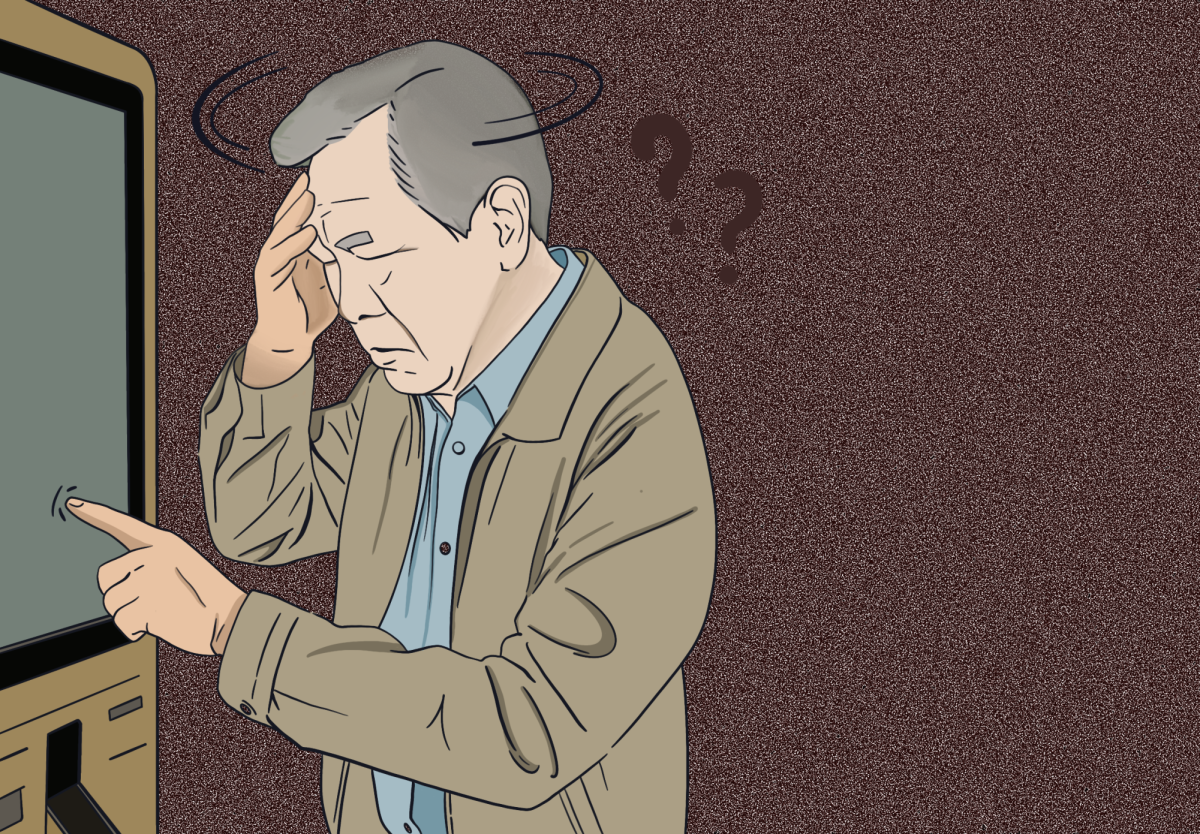






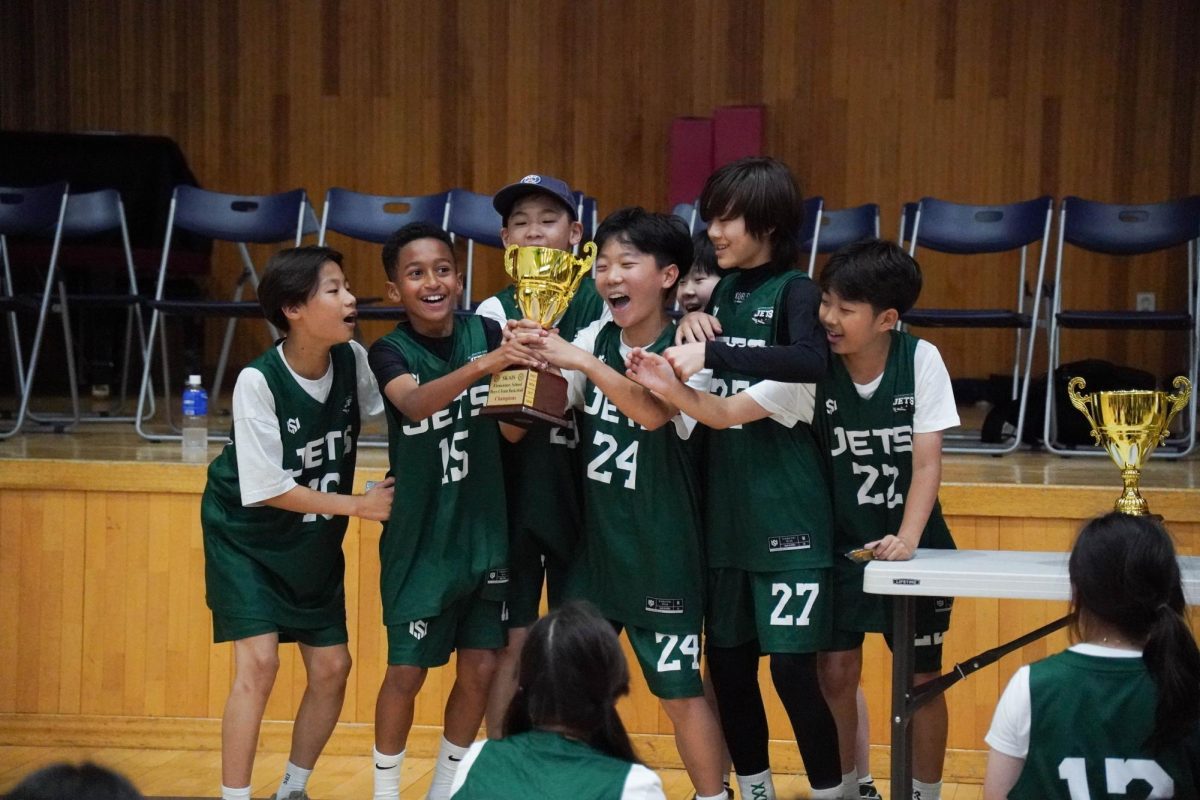









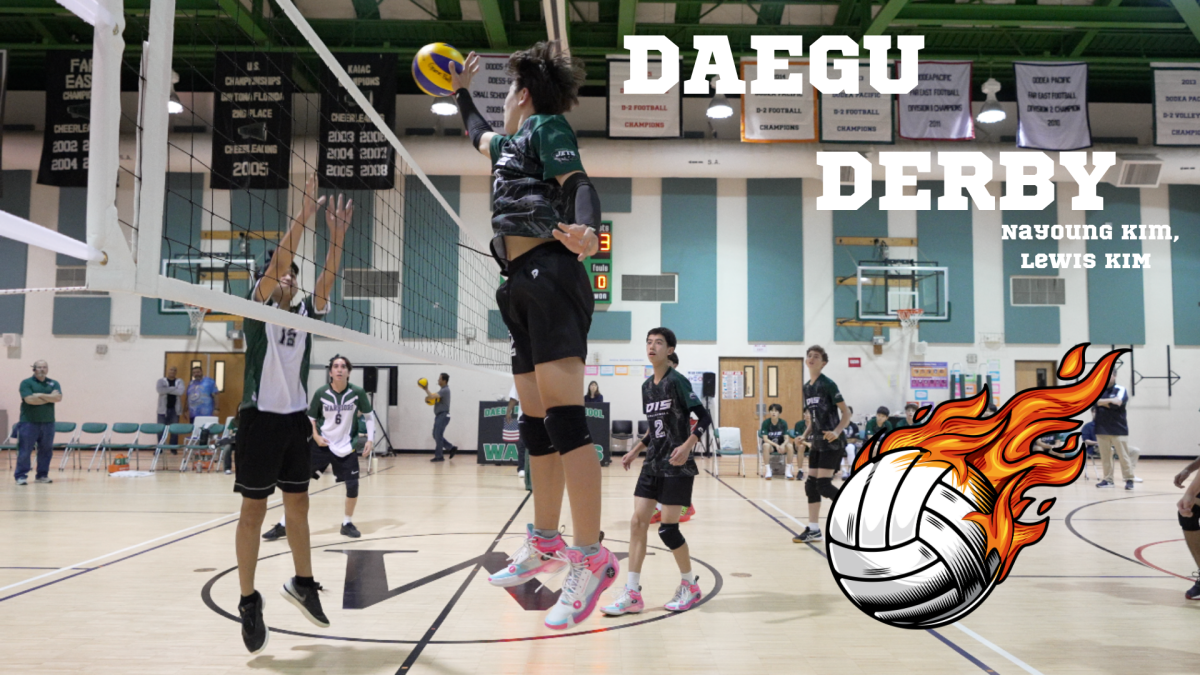
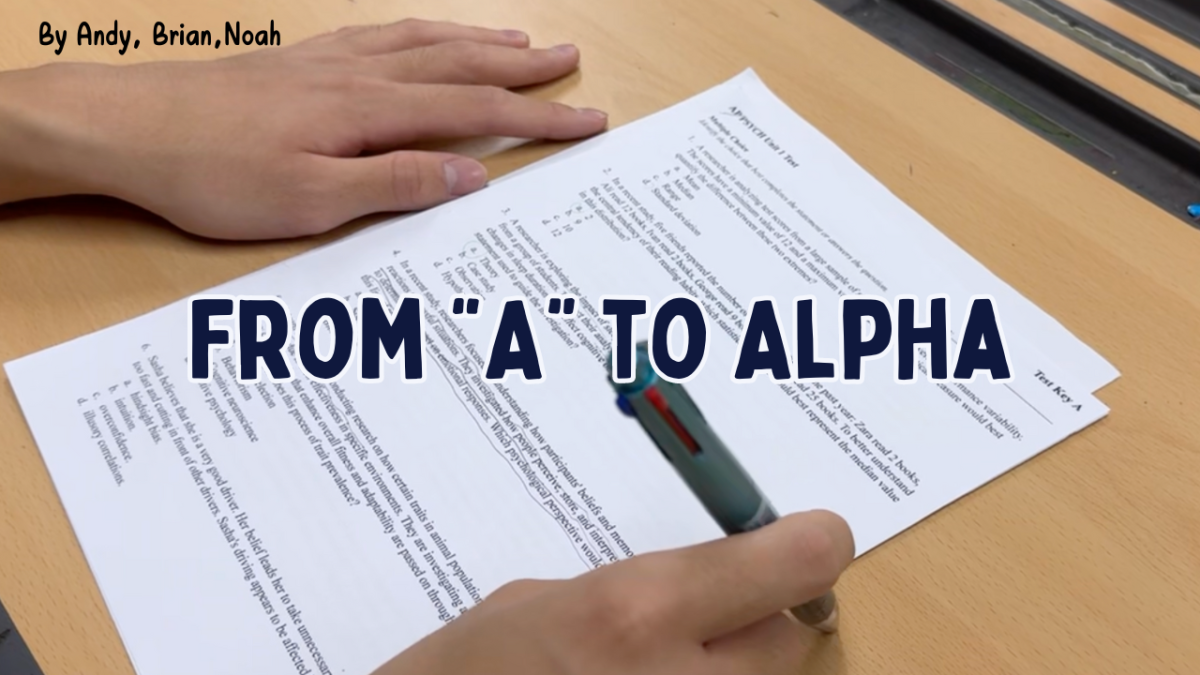
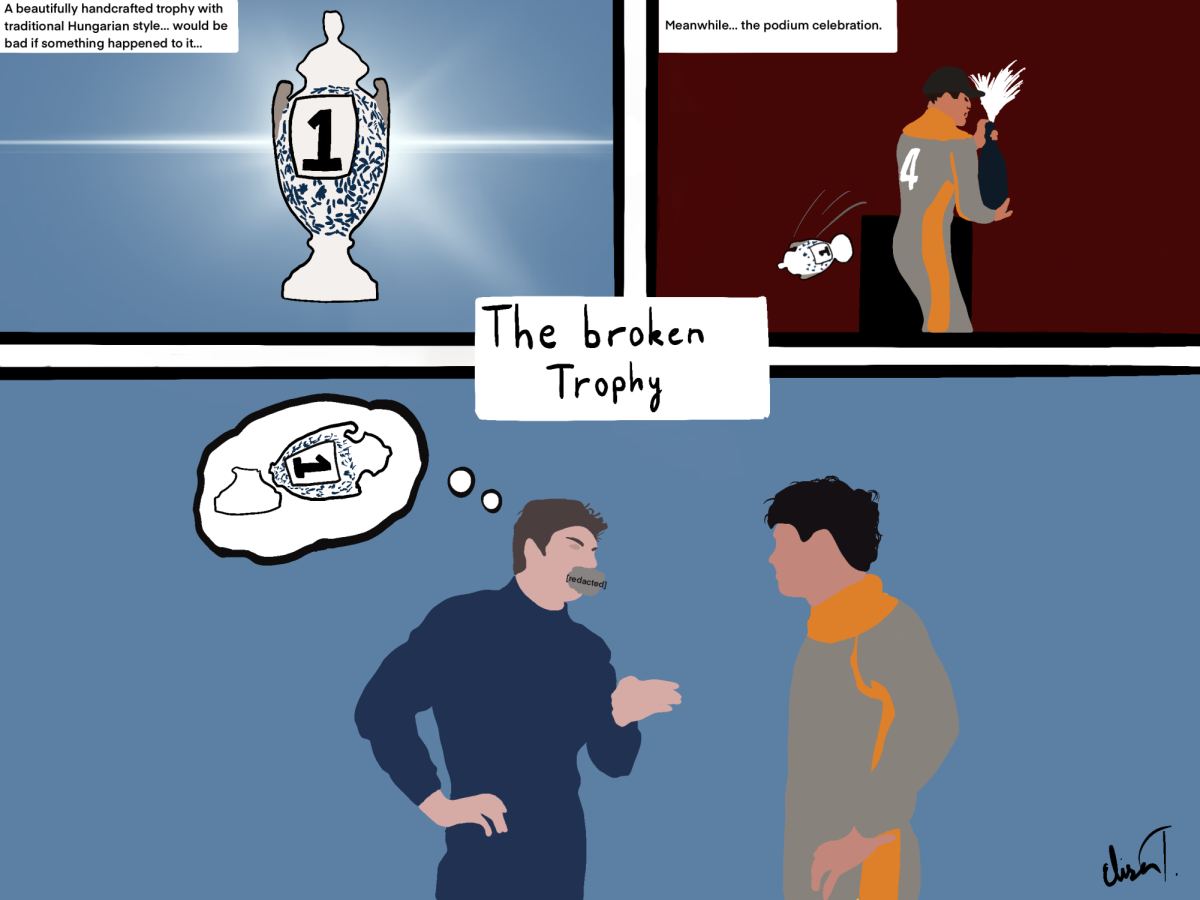
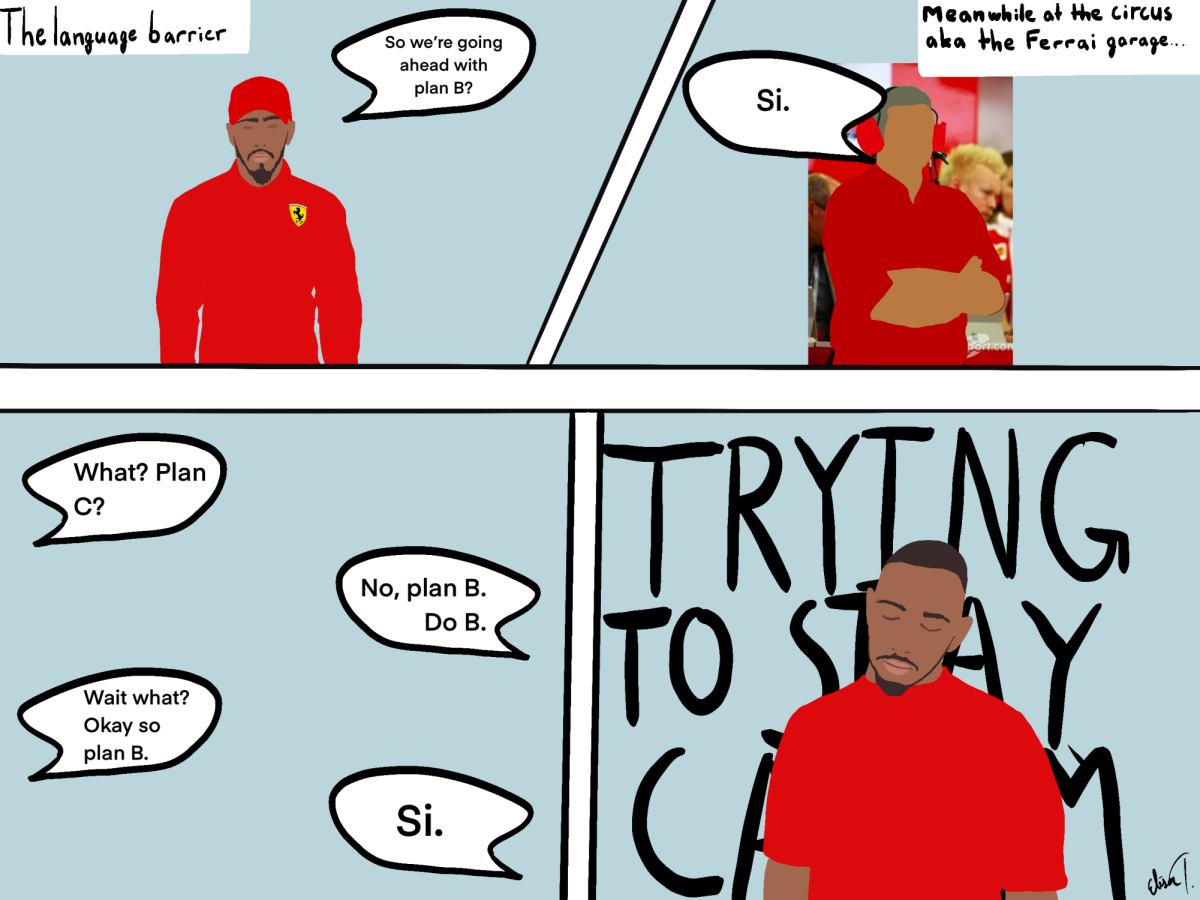
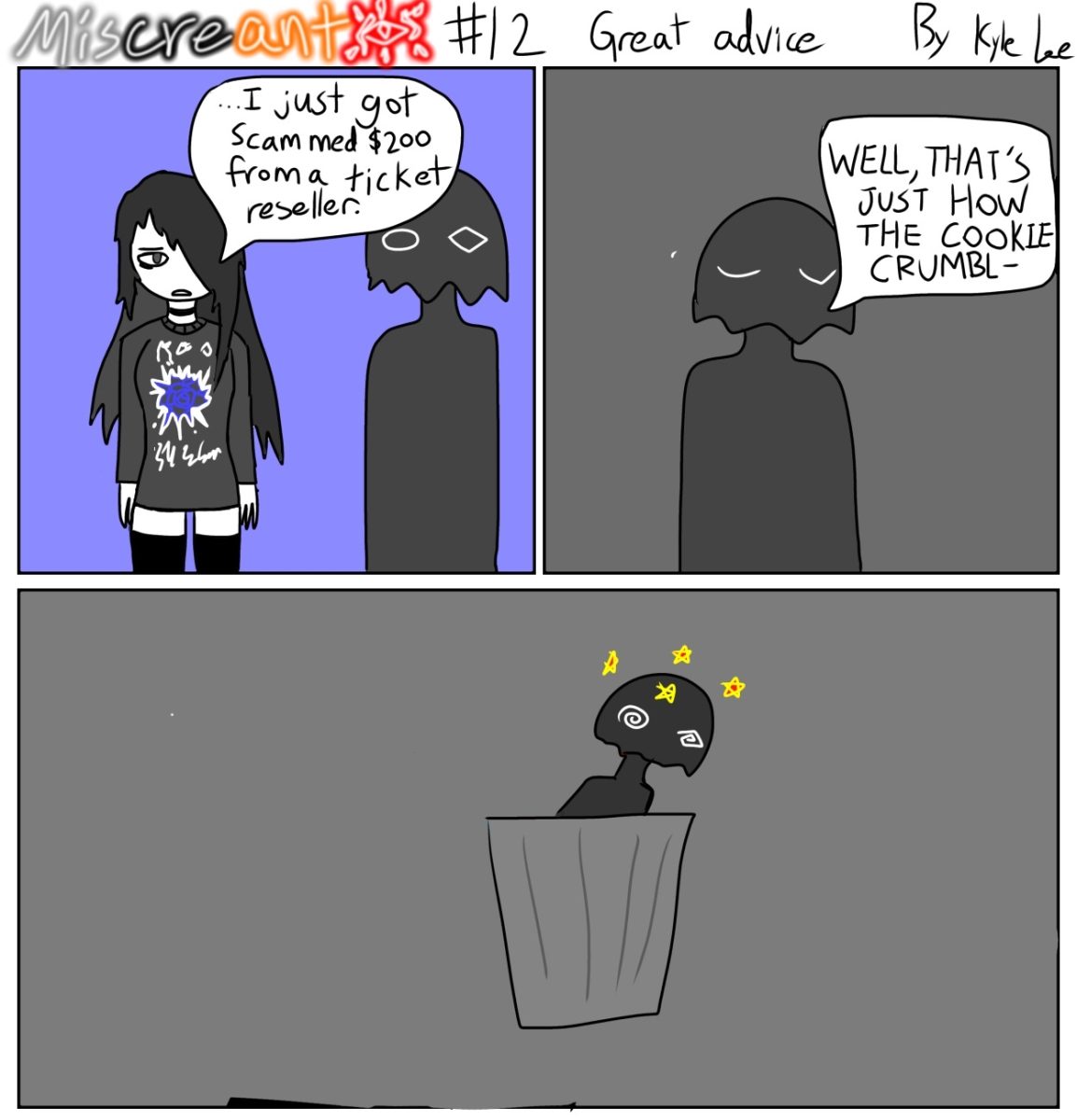
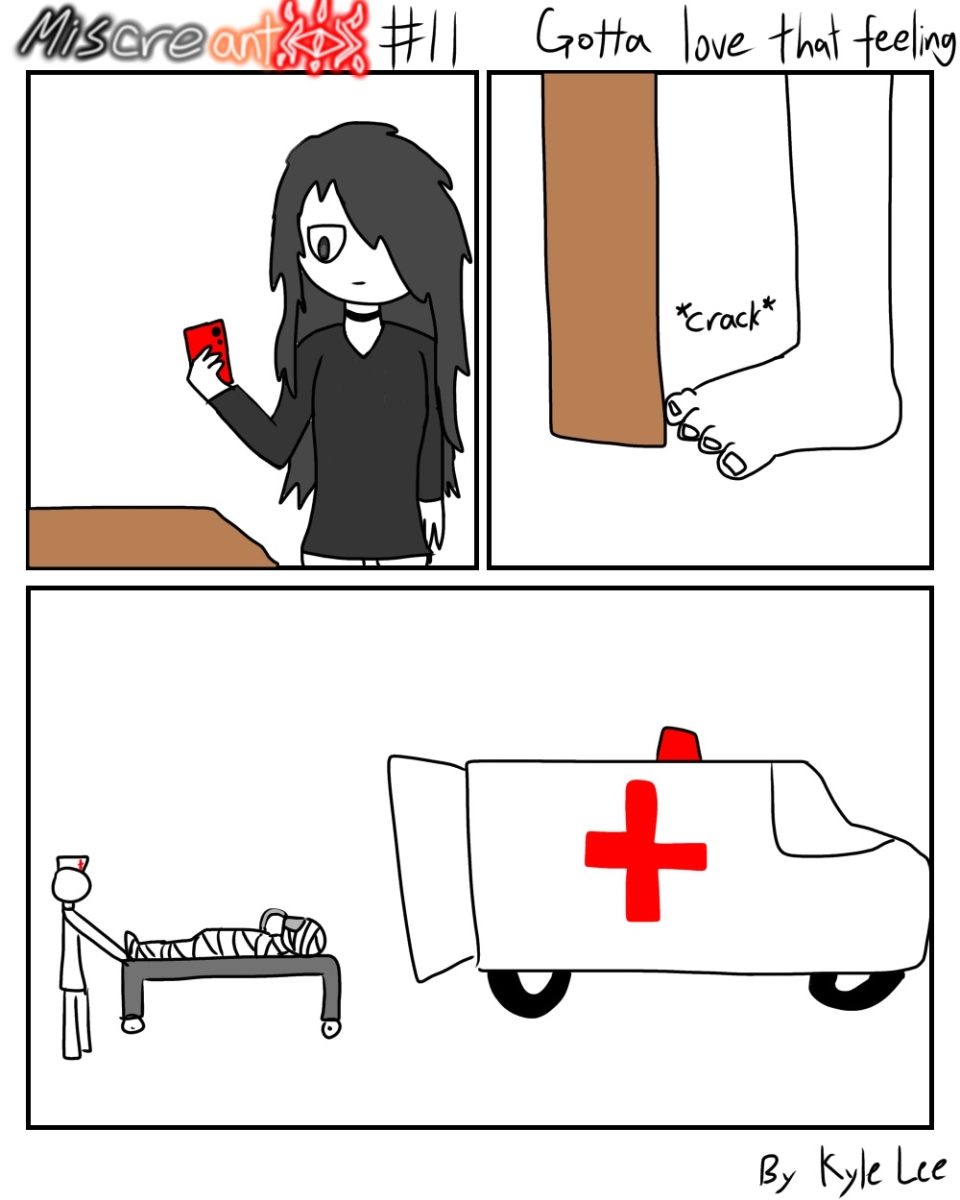







Elba • Nov 17, 2022 at 6:30 pm
cool
Leo • Nov 3, 2022 at 7:23 pm
Respect to the pumpkins who sacrificed their lives.